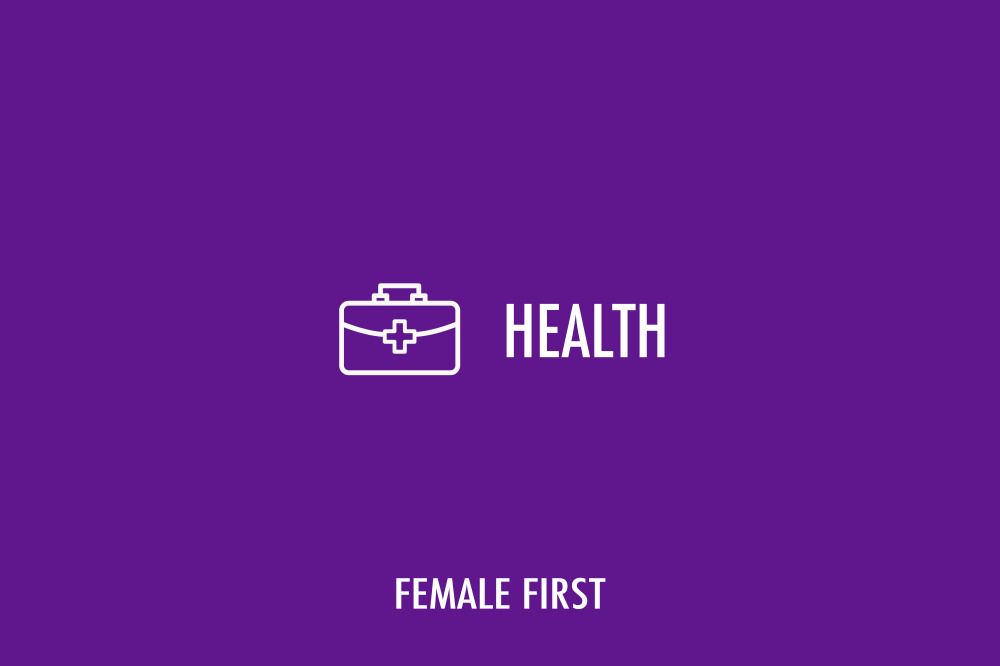By Noom Coach Megan Hilbert

Alliance / Alamy Stock Photo
It’s not uncommon to find yourself feeling a little indulgent around the Easter holiday, especially with delicious treats like Hot Cross Buns and Mini Eggs everywhere you turn. If you’re one of those people, the most important tip is to understand that it’s OK to enjoy these treats, even if you’re on a health journey, but to do so mindfully.
Everyone eats mindlessly from time to time (especially around the holidays) and it can be a tough habit to overcome. Fog eating is another way to describe mindless eating — when you’re consuming a snack or meal without being fully present. It’s almost as if your mind goes blank and you’re not aware of the sensations of eating or the time that’s passed.
Fog eating is not typically a purposeful or very joyful experience. Some people think the key to combat fog eating is by cutting out the foods that you fog eat. However, restricting yourself from something you enjoy — especially when others around you are also enjoying them — is not helpful in the long run and can set things up to be either ‘bad’ or ‘good’. This avoidance can also lead to us craving those foods even more in the long run as certain studies indicate, so developing a healthy relationship with treats and practicing moderation is key.
By incorporating mindfulness into your eating, you will soon begin to recognise when you’re most prone to fog eating, and not just during the holidays.
By tuning into yourself, your emotions, and your behaviours, you may start to identify patterns or triggers that cause you to eat mindlessly. Cultivate a mindful moment while eating by closing your eyes, taking a deep breath, and taking a scan of your body. Pay special attention to what you are feeling — are you bored? Actually hungry? Eating because others around you are? The aim here is simply to observe the sensations of your body and mood. Getting in touch with your body and emotions will help you to stop eating when you feel full, and to enjoy the eating process more thoroughly.
When sitting at the table to eat your Easter meal, breathe deeply to ground yourself in the present, and pay attention to your food with all five of your senses: touch, smell, sight, sound, taste and reflect as you eat. How does your food taste? Describe the texture. Between each bite, put your fork down and reflect.This practice can be done with treats and candies as well. How well can you savor that bite of chocolate? How does it feel to let it melt in your mouth? What other subtle flavors are you able to notice?
In general, mindfulness can help you become more aware of the choices you make and why you make them. Try dedicating two minutes out of your day to pause, breathe, and observe your thoughts which should help you to connect and build a more positive relationship with food in general.
RELATED: Minimalism: Seven Easter related things you can declutter

Tagged in Easter

